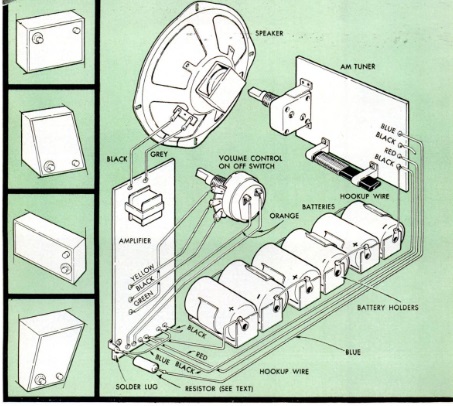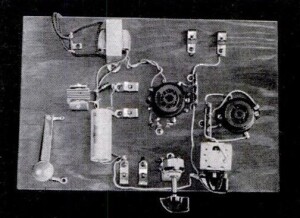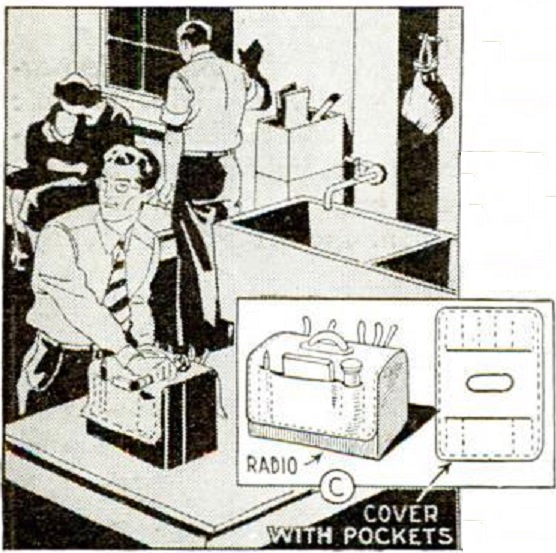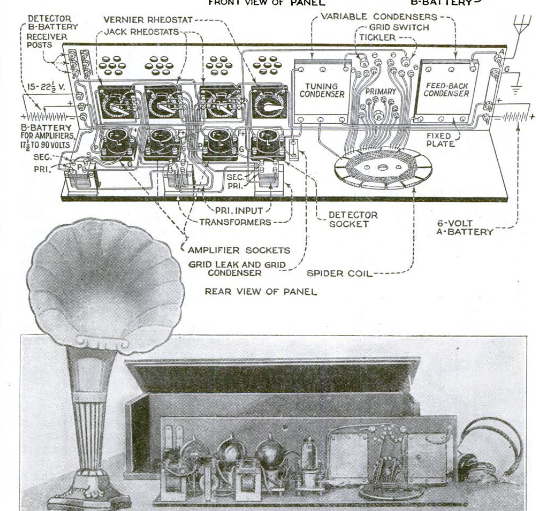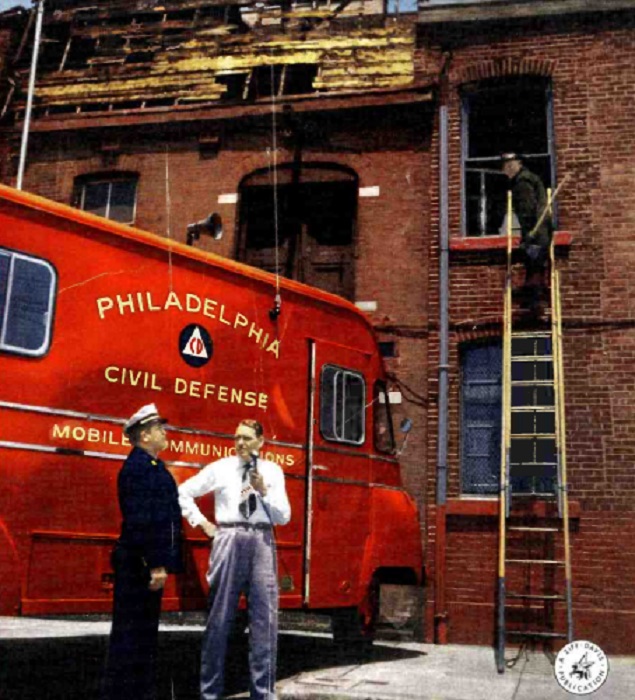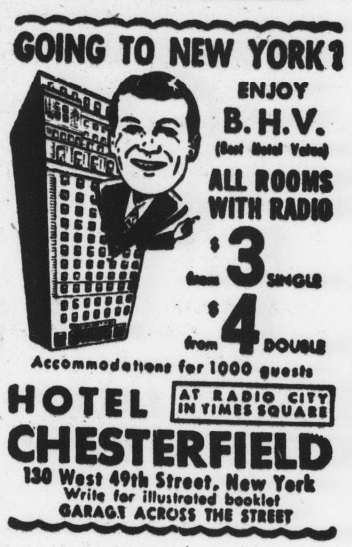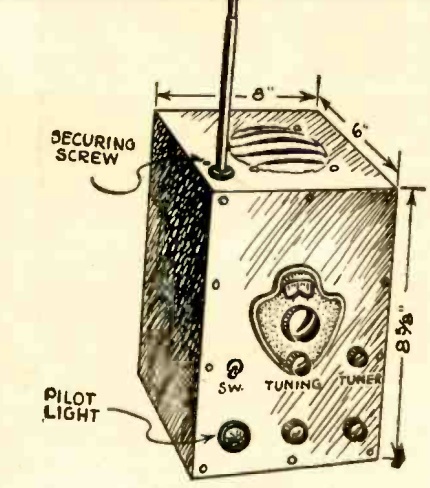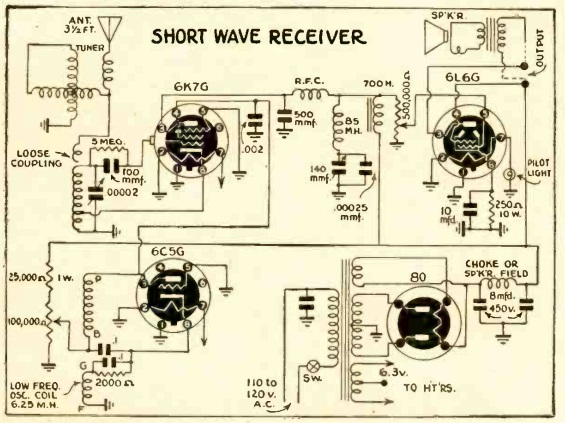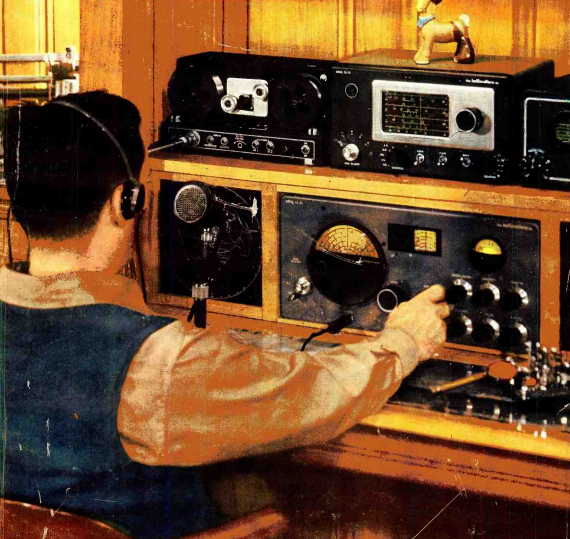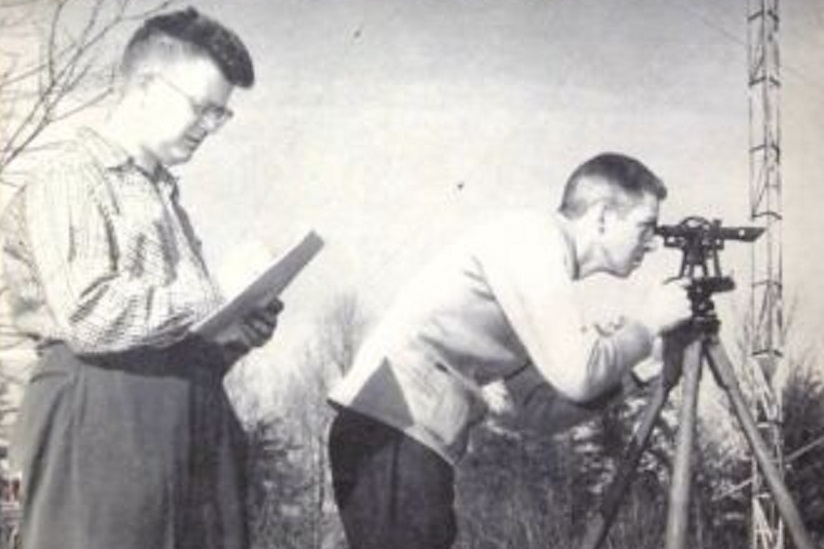 Sixty years ago this month, the April 1963 issue of Popular Mechanics showed how to put together this handsome transistor radio. And miraculously, the magazine proclaimed that you could make it in a half hour, at a cost of less than $25.
Sixty years ago this month, the April 1963 issue of Popular Mechanics showed how to put together this handsome transistor radio. And miraculously, the magazine proclaimed that you could make it in a half hour, at a cost of less than $25.
The secret was the fact that it included to pre-wired subchasses that you could buy from Lafayette. One of them was the AM tuner module, and the other one was the audio amplifier. It was an easy matter to install both of them in a cabinet (which could also be found in the Lafayette catalog), add a speaker, and wire them together.

